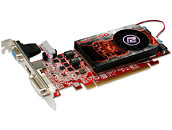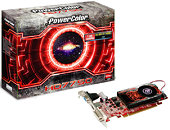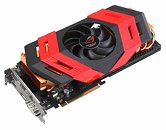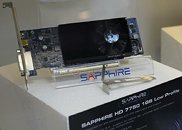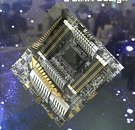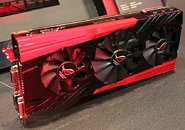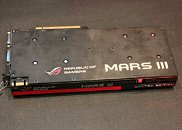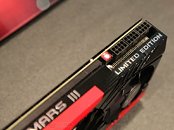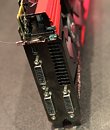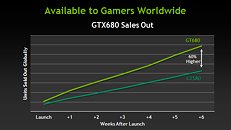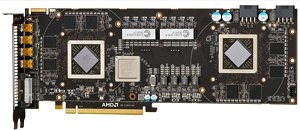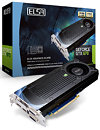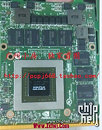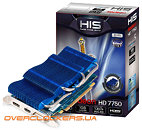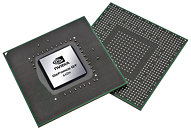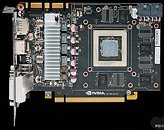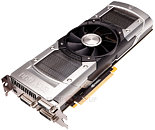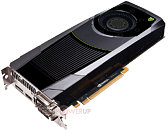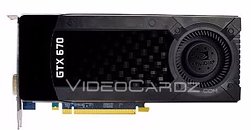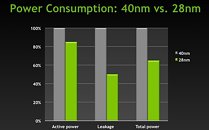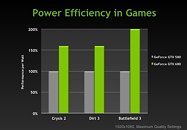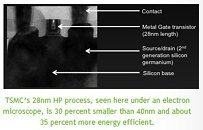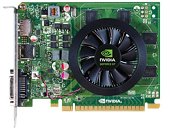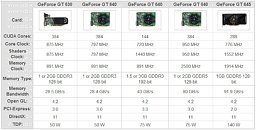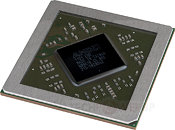
PowerColor Launches its Single Slot Low-Profile Radeon HD 7750 Graphics Card
PowerColor launched the world's first single-slot + low-profile graphics card based on the Radeon HD 7750, the PowerColor HD 7750 LP. The card relies on a compact air-cooler, which uses a dense hive of aluminum fins, ventilated by a 40 mm lateral-flow fan to cool the 1.5 billion transistor GPU. The card draws power from the PCI-Express slot, and uses high-grade VRM components (such as CPL-made chokes, LFPAK MOSFETs, etc.,) to condition power at minimal board footprint.
The card doesn't compromise on clock speeds, and ships with 800 MHz GPU and 1125 MHz (4.50 GHz GDDR5 effective) memory clock speeds. Built on the 28 nm "Cape Verde" silicon, the Radeon HD 7750 packs 512 Graphics CoreNext stream processors, 32 TMUs, 16 ROPs, and a 128-bit wide GDDR5 memory interface, holding 1 GB of memory. The display connectors on PowerColor's card include one each of dual-link DVI, HDMI 1.4a, and D-Sub (detachable). The card's accessories include a low-profile bracket. PowerColor did not reveal pricing.
The card doesn't compromise on clock speeds, and ships with 800 MHz GPU and 1125 MHz (4.50 GHz GDDR5 effective) memory clock speeds. Built on the 28 nm "Cape Verde" silicon, the Radeon HD 7750 packs 512 Graphics CoreNext stream processors, 32 TMUs, 16 ROPs, and a 128-bit wide GDDR5 memory interface, holding 1 GB of memory. The display connectors on PowerColor's card include one each of dual-link DVI, HDMI 1.4a, and D-Sub (detachable). The card's accessories include a low-profile bracket. PowerColor did not reveal pricing.
